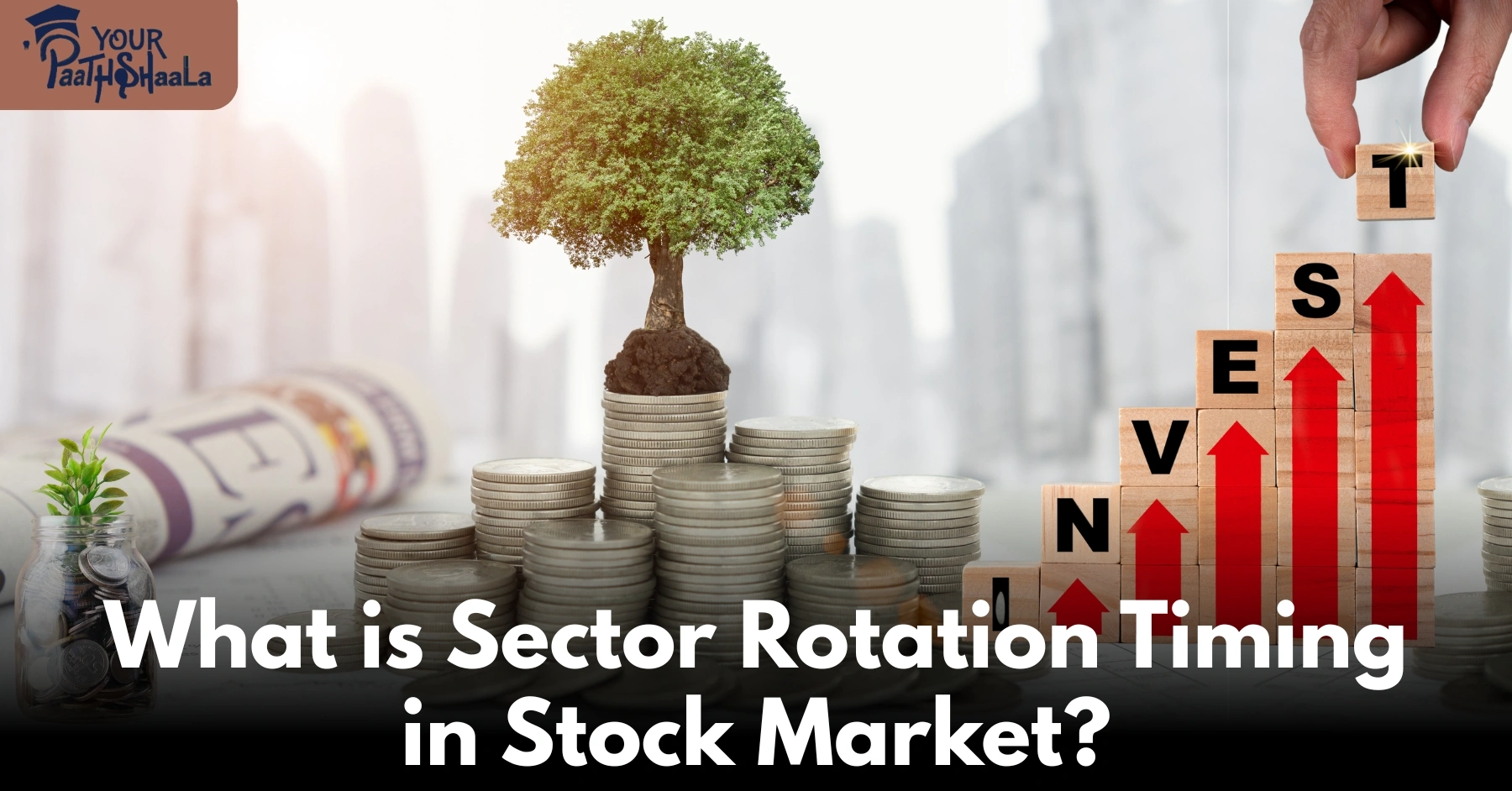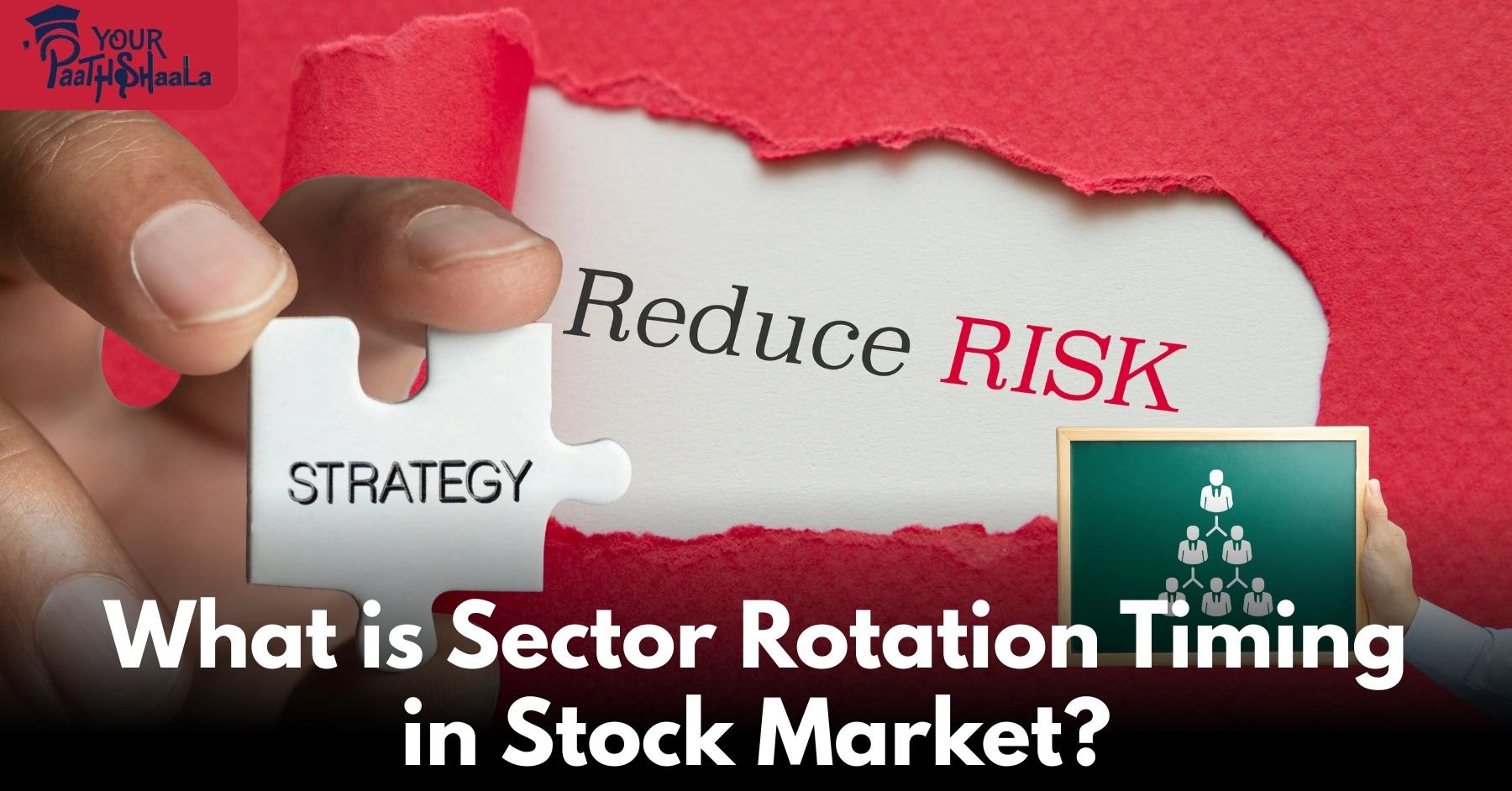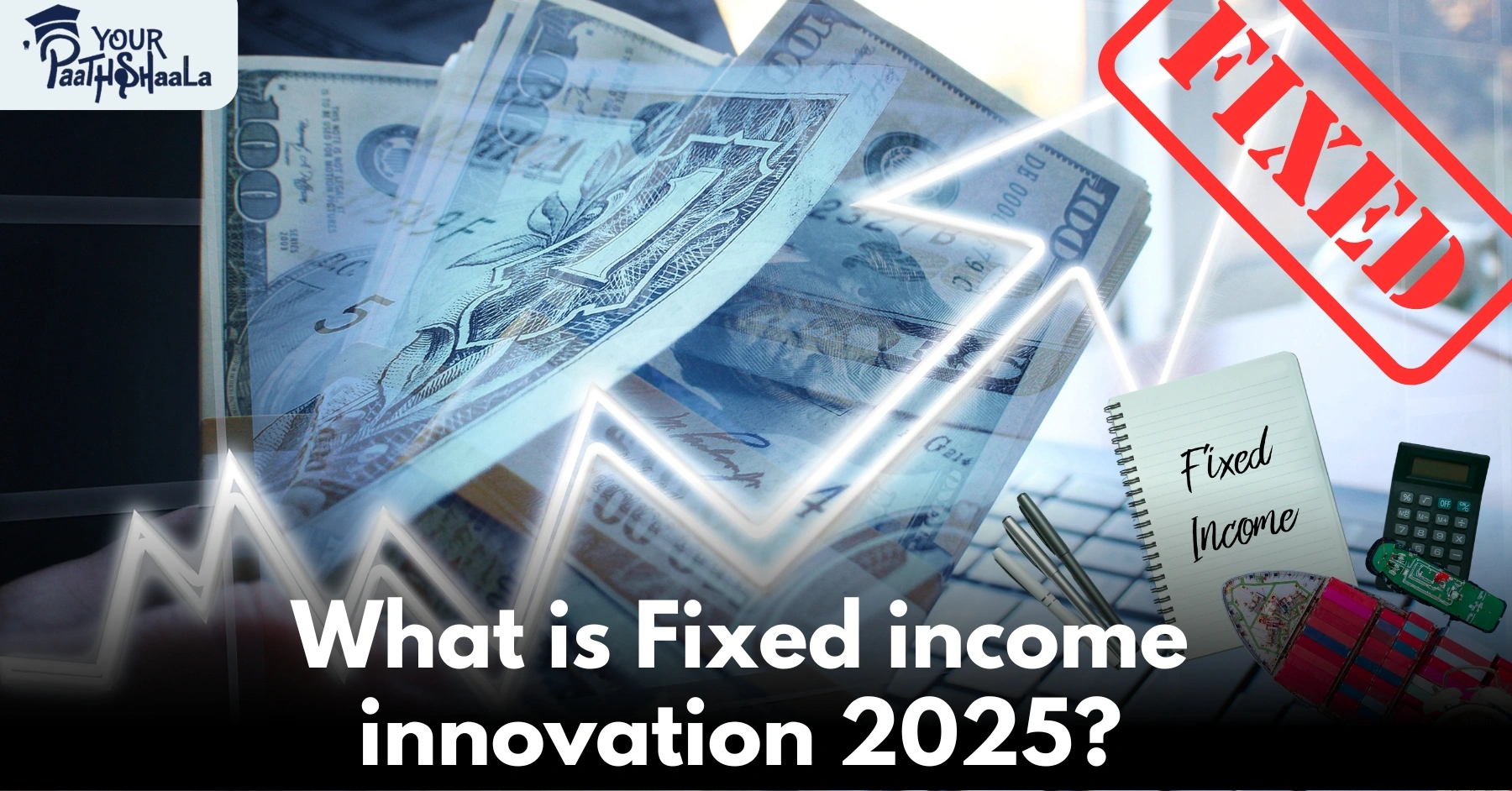Fixed Income Innovation: Smarter Bond Strategies for 2025 and Beyond
Have you ever wondered why certain industries boom during economic upswings while others shine during downturns? That’s the idea behind Sector Rotation Timing—a strategic approach where investors shift their capital from one sector to another based on the stage of the economic cycle.
It’s not about chasing hype—it’s about understanding macroeconomic movements and aligning your investments accordingly. In 2025, where economic uncertainty and sectoral shifts are more dynamic than ever, this approach could be your key to consistent returns.
Why Sector Rotation Matters More Than Ever in 2025
With rising interest rates, technological disruption, and global inflationary pressures, understanding how sectors perform under different conditions has become crucial. The market doesn’t move uniformly—some sectors surge while others stall.
By timing your investments based on sector-specific trends, you can potentially:
Minimize downside risk
Enhance long-term gains
Stay ahead of macroeconomic shifts
Let’s explore how this works, one phase at a time.
1. Economic Cycle Sector Mapping
The economy moves in cycles—expansion, peak, contraction, and trough. Each phase favors certain sectors:
Expansion Phase
During economic growth, consumer confidence is high, and companies see strong earnings.
Top-performing sectors:
Industrials
Technology
Consumer Discretionary
Financials
These sectors benefit from increased spending, higher demand, and rising investments.
Peak Phase
As the economy overheats, inflation and interest rates rise. Consumers begin to pull back.
Sectors to watch:
Energy
Materials
Real Estate
Prices and commodities are often at their highest, favoring resource-driven sectors.
Contraction Phase
Growth slows or becomes negative. Unemployment rises. People spend less.
Defensive sectors become attractive:
Healthcare
Consumer Staples
Utilities
These sectors provide essential services or products, maintaining demand even in a downturn.
Trough Phase
The economy begins to recover, but confidence is still low.
Opportunity sectors:
Financials
Industrials (early signs)
Communication services
Investors start returning to riskier assets, setting the stage for expansion again.
Pro Tip:
Study economic indicators like GDP growth, unemployment rate, and consumer sentiment to predict which part of the cycle we are in.
2. Interest Rate Sensitivity Rotation
Interest rate changes directly impact sector performance. Central banks like the RBI or Federal Reserve adjust rates to combat inflation or boost growth.
How Different Sectors React:
Financials (e.g., banks) benefit when interest rates rise. Higher rates mean better margins on loans.
Utilities and Real Estate often struggle with rate hikes, as borrowing becomes more expensive.
Growth-oriented sectors like tech may underperform during rising rates due to higher discounting of future earnings.
Sector Timing Strategy:
When interest rates fall → rotate into technology, communication, and real estate.
When rates rise → shift into financials and energy while reducing tech-heavy positions.
Stay updated on central bank meetings, inflation data, and bond yields—they often signal upcoming shifts.
3. Commodity Cycle Timing
Commodities go through boom-and-bust cycles. Understanding where we are in this cycle helps time investments in materials, mining, and energy sectors.
Boom Phase:
Driven by demand from industrial activity or geopolitical events.
Oil, metals, and agriculture prices rise.
Energy and materials sectors tend to outperform.
Bust Phase:
Oversupply or reduced demand causes price drops.
These sectors see revenue and earnings contract.
In 2025, with increasing focus on green energy, the commodity cycle will be shaped by demand for:
Lithium
Cobalt
Rare earth metals
Crude oil alternatives
Timing Tip:
Use indicators like Baltic Dry Index, oil futures, and commodity ETFs to monitor shifts.
4. Technology Adoption Stages
Technology moves fast—but not all tech stocks are created equal. By understanding where each innovation stands in the adoption lifecycle, you can position your investments smartly.
The 3 Stages of Tech Investing:
1. Early Adoption (High Risk, High Reward)
Disruptive but unproven technologies like quantum computing, blockchain, or biotech breakthroughs.
Often volatile, but huge upside for early believers.
2. Growth & Maturity
Cloud computing, AI, cybersecurity, and SaaS products dominating industries.
These companies show strong fundamentals, earnings, and stability.
3. Saturation or Disruption
Older tech giants may become stagnant or face disruption by newer players.
Sector Rotation Strategy in Tech:
Rotate into emerging tech in expansion phases.
Shift to mature tech leaders in mid-cycle.
Avoid overhyped or saturated names during contraction.
In 2025, AI, clean tech, and cybersecurity will be major battlegrounds.
The Psychology Behind Sector Rotation
Sector rotation is not just about macro data—it also considers investor sentiment.
People tend to:
Chase momentum at market peaks.
Flee to safety during downturns.
Ignore undervalued sectors at cycle bottoms.
If you can stay objective and forward-looking, sector rotation lets you buy low, sell high—the golden rule of investing.
Tools to Implement Sector Rotation Timing
You don’t need a crystal ball—just the right tools:
1. Sector ETFs (Exchange-Traded Funds)
Example:
XLV (Healthcare)
XLF (Financials)
XLE (Energy)
QQQ (Technology-heavy Nasdaq)
These give you broad exposure without picking individual stocks.
2. Economic Indicators
Follow:
PMI (Purchasing Managers Index)
CPI (Consumer Price Index)
Interest rate announcements
Jobs reports
3. Rotational Models or Screeners
Use platforms like:
TradingView
StockCharts
Morningstar sector heatmaps
They can show visual sector strength over weeks or months.
Sector Rotation in Real Life: A 2025 Example
Let’s say in early 2025:
Inflation is cooling.
Interest rates are stable or falling.
Consumer spending is picking up.
Your moves:
Reduce exposure to defensive sectors like utilities and staples.
Rotate into discretionary, tech, and industrials.
Add small exposure to emerging energy and green tech.
Later in 2025:
If rates begin rising again and inflation heats up…
Rotate into financials and energy.
Pull back on growth tech and real estate.
Common Mistakes in Sector Rotation Strategy
Avoid these errors:
Late Rotation: Switching after the sector has already peaked.
Over-Diversification: Spreading across all sectors defeats the purpose.
Ignoring Fundamentals: Not all stocks in a sector are equal—choose quality.
Final Thoughts: Ride the Cycle, Don’t Fight It
Sector rotation timing isn’t gambling—it’s smart investing based on economic reality. It helps you stay proactive instead of reactive, optimizing returns through every market cycle.
With some practice, patience, and awareness, you can build a dynamic portfolio that adapts and grows with the economy.
Learn More with YourPaathshaala
Want to master sector rotation strategies and become a cycle-smart investor?
Visit YourPaathshaala
Near Anjali Children Hospital, Tagore Nagar, Mathpurena, Raipur
PIN Code: 492001, Chhattisgarh Click the Call Now to start learning how financial systems really work! To check out the full article click here!













Add a Comment